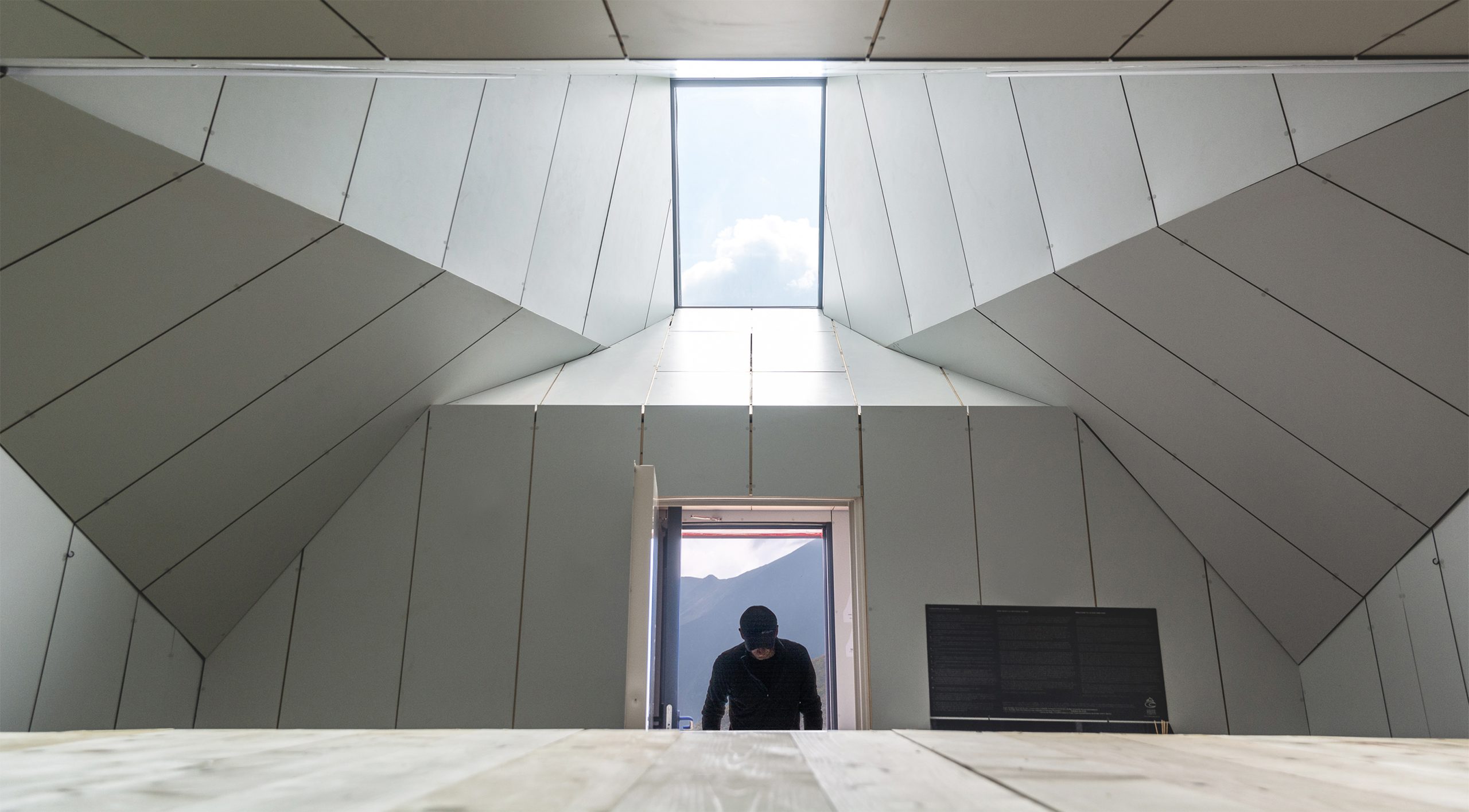How? The project is the result of more than two years of work by a team of professional volunteers (architects, engineers, coordinators) and mountain lovers who joined forces and they worked on the concept of the refuge, assessed the terrain, planned and coordinated the ascent of the materials to the ridge and its actual construction.Why? Towards the end of 2018, the second refuge on the Scara Saddle was scattered in the valley after 10 years of sheltering mountaineers. The first refuge still stands, from 1990, in the same saddle, but had become a dump. Also in 2018 we went up to clear it of several hundred pounds of waste and repair it, so that it could still house a few people in the absence of the larger one. It was clear to us that was needed a more sturdy refuge for safer hiking in Făgăraș Mountains, so we started gathering people around the project. For? Shelters – we have 150 in the country, according to Salvamont Romania, that are smaller or larger constructions that you’ll find open in our mountains, closer to the forest, or on ridges, made of wood, stone or tin. They can be an intermediary point in the interventions of mountain rescuers and are meant to shelter, free of charge, mountaineers who encounter problems on the trail – either due to fatigue, changing weather or an accident; over the years, however, many of the shelters have become impractical – some are blown away by wind, avalanches or vandalised for materials. Hence the need for more sturdy materials and concepts moulded to the specifics of the terrain, as we practised at the Scara Alpine Shelter.

